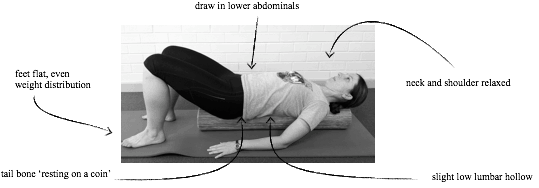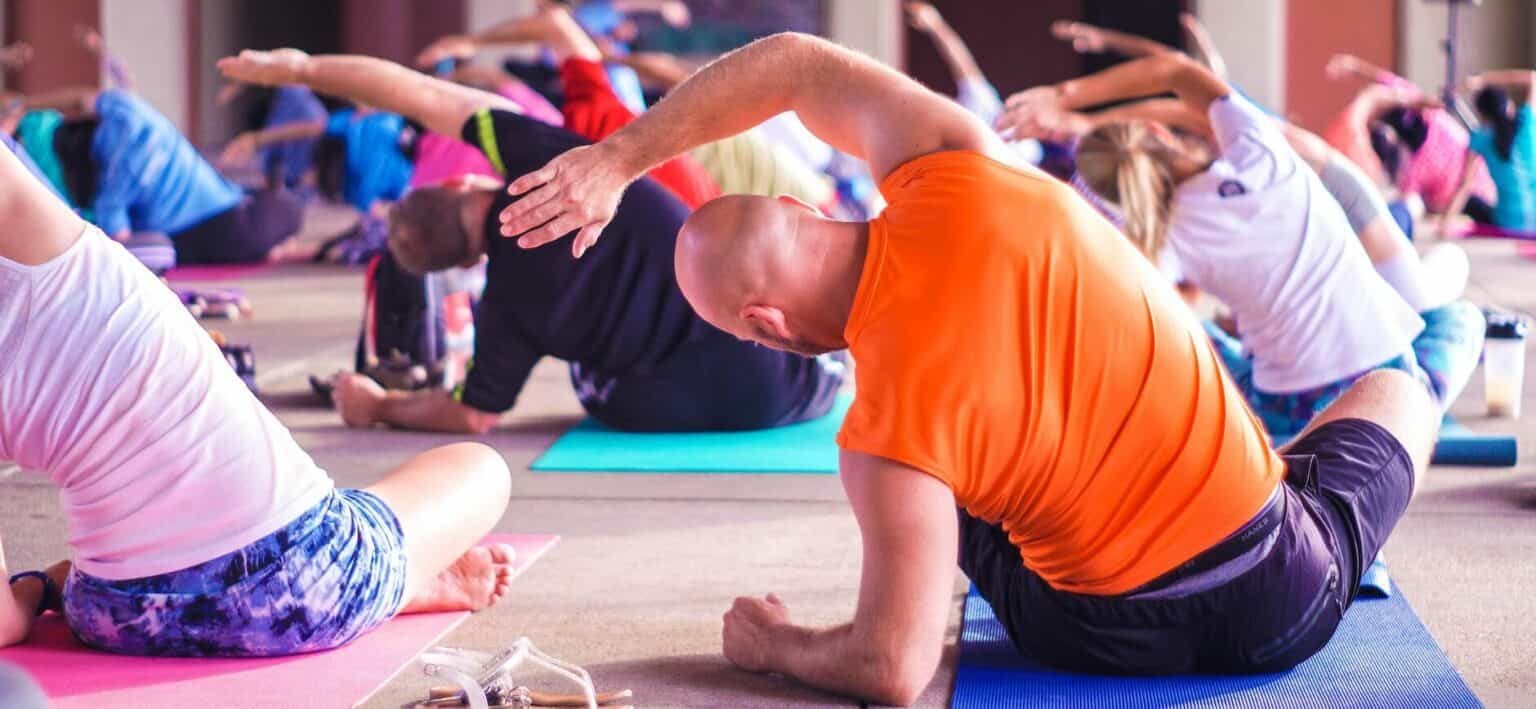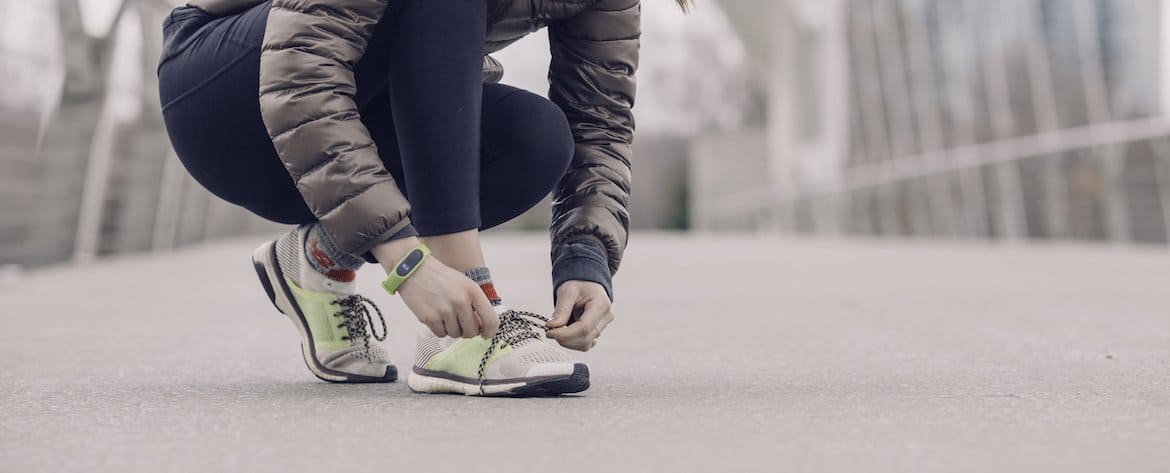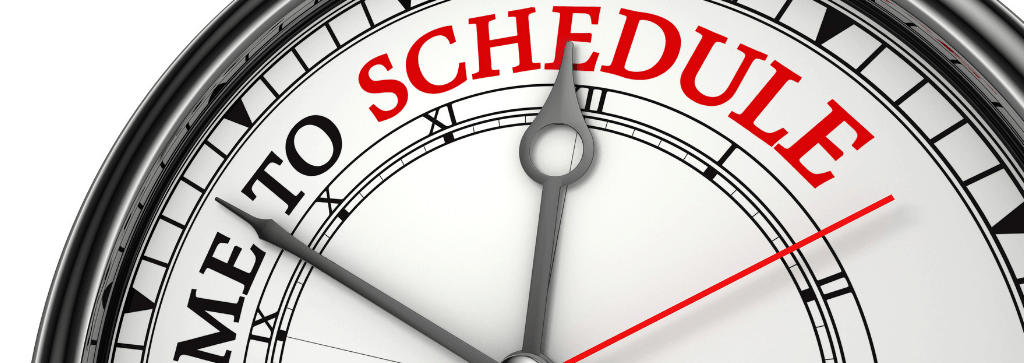This blog post is written by Lisa Vernon, one of the physiotherapists at Adelaide West. She gives us a nice summary about foam rollers and what they are used for.
We have foam rollers to purchase at the clinic, but we have a great offer that includes a free short foam roller or half price long foam roller – see the bottom of the blog or our home page for details.
These days, foam rollers are part of the uniform for any sportsperson. They are ubiquitous in gyms and sports clubs, plus they are also used for rehabilitation from many different types of injuries. I’ll let her explain:
What are foam rollers?
Foam rollers are devices made of foam that come in different lengths and in a variety of surfaces and different densities. You can get full length 90cm rollers down to the short ones that are as short as 15 cm. The surface can be spikey or smooth. All of these variables will affect the ‘feel’ of the roller and what you can do with it.
The standard foam roller sizes are 90 cm, 45 and 30 cm. There are more applications for a 90cm roller than a shorter one, but a shorter one is easier to travel with.
What do you use foam rollers for?
In a nutshell…massage and exercise.
Massage
Foam rollers are most often used for self myo-fascial release. They give you a way to give your muscles and connective tissue (fascia) a massage while being in control of how much pressure you apply to areas of tenderness.
The compression from the roller helps to release tight areas within the muscles or any adhesions between the muscles and surrounding tissue.
This helps to…
- promote blood flow to the area

- increase muscle length
- improve range of motion
- improve performance
- relieve muscle soreness
- aid recovery
- relax muscles
- prevent injury
Rolling on a foam roller can also help to release the ‘knots’ (trigger points) in your muscles. Trigger points can be a source of referred pain.
You might have heard that they can hurt or be uncomfortable. The good news is that the more you work with the
muscles on a roller, the less tender they will be.
Start with a gentle pressure on the sore area for one minute. Then see if you can gradually increase your tolerance of time or pressure over a few days.
Exercise
The long foam rollers provide some great ways to perform core strengthening exercises. They also give a variety of options for strengthening and stretching other muscle groups.
Because you can lie longways along the length of the foam roller, it can create a more unstable base of support. It also allows you to take your base of support from wide to narrow.

Using a roller is a great way to make a relatively easy, gentle pilates exercises into something quite challenging, because you have to be much more precise with your balance and control of the movement.
You can then progress exercises like the one here. To do that, you can trying to bring your arms closer to your  body or reduce the amount of contact your hand has with the ground.
body or reduce the amount of contact your hand has with the ground.
There are an almost unlimited number of exercises that you can do on a foam roller
If you are interested in getting some more ideas, contact us on admin@adelaidewestphysio.com.au. We can email you a FREE Primer of Beginners Exercises on the foam roller. As a bonus, we will also email you a FREE primer of stretches and soft tissue mobilisation exercises too.
If you are interested in learning more about whether a foam roller would be suitable for you, give us a call on 8356 1000 and have a free chat with one of our physios.
You might even feel more comfortable with some individual tuition before you start exercising on a foam roller on your own.
Don’t forget, you can get a FREE short foam roller, or a HALF PRICE long foam roller for the rest of the month of May.
All you need to do is simply book in for a RUNNING ASSESSMENT with one of our physios.
If you have never seriously considered running, this great offer gives you a chance to find out how to get started safely.
Call us on 8356 1000 for more details!














